The Secret to Perfect Pibil Chicken: A Flavorful Journey Through Global Spice Traditions
Have you ever tasted a dish that made your taste buds dance with joy? That’s the magic of pibil chicken. This traditional Mexican dish, cooked in an underground pit, is a perfect example of how spices can transform a simple ingredient into something extraordinary. But pibil chicken isn’t just about flavor—it’s a celebration of culture, history, and global spice traditions.

Table of Contents
- What Is Pibil Chicken?
- Spice Traditions Around the World
- Practical Tips for Cooking Pibil Chicken
- Buying Guide: Choosing the Best Ingredients
- Conclusion
What Is Pibil Chicken?
Pibil chicken is a traditional Yucatecan dish from Mexico. The word pibil comes from the Maya language and means “buried.” This method of cooking involves marinating the chicken in a blend of spices, then wrapping it in banana leaves and burying it in a pit lined with hot stones. The result is tender, juicy meat infused with smoky, earthy flavors.
While the cooking technique may seem ancient, the spices used in pibil chicken are anything but. The recipe typically includes a mix of garlic, achiote (annatto), cumin, oregano, and chili peppers—each adding depth and complexity to the dish.
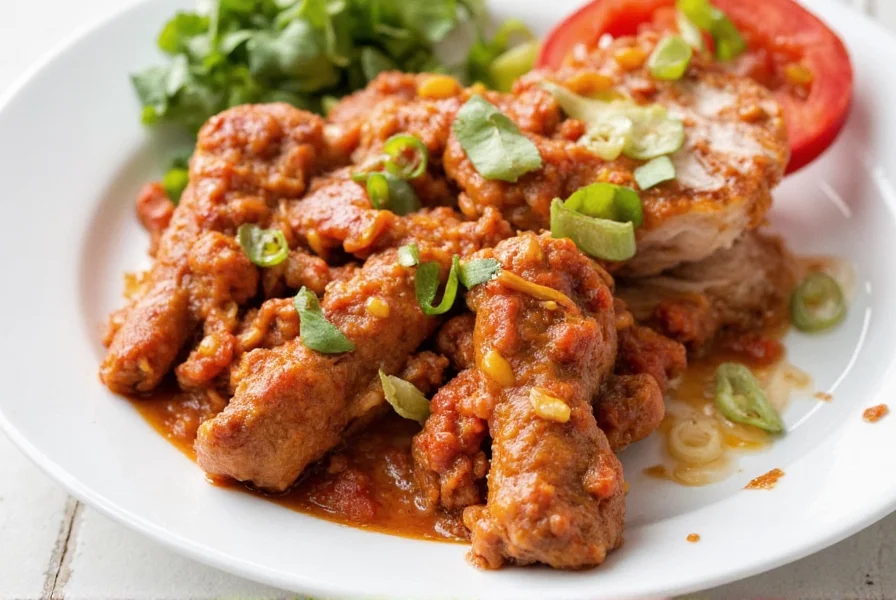
The Role of Spices in Pibil Chicken
Spices are the soul of pibil chicken. Achiote, for instance, gives the chicken its signature reddish hue and a slightly nutty, earthy flavor. Garlic adds a sharpness that balances the richness of the meat, while cumin and oregano provide warmth and depth. Chili peppers, whether fresh or dried, bring heat and complexity to the dish.
But don’t be fooled by the simplicity of the ingredients—this dish is all about balance. Each spice has a purpose, and when combined, they create a flavor profile that’s both bold and harmonious.

Spice Traditions Around the World
Spices have been used for thousands of years across different cultures to enhance flavor, preserve food, and even for medicinal purposes. From the fragrant curries of India to the fiery salsas of Mexico, every region has developed its own unique spice traditions.
Global Spice Traditions: A Comparison
| Region | Common Spices | Signature Dishes |
|---|---|---|
| Mexico | Achiote, Cumin, Oregano, Chili Peppers | Pibil Chicken, Tamales, Chiles en Nogada |
| India | Cumin, Coriander, Turmeric, Cardamom | Chicken Curry, Biryani, Butter Chicken |
| Thailand | Galangal, Lemongrass, Kaffir Lime, Chili | Green Curry, Pad Thai, Tom Yum Soup |
| Turkey | Oregano, Paprika, Cumin, Sumac | Kebabs, Dolma, Lahmacun |
| Japan | Soy Sauce, Sake, Mirin, Wasabi | Sushi, Teriyaki Chicken, Ramen |
This table shows how different regions use their local spices to create unique culinary identities. While pibil chicken is rooted in Mexican tradition, its use of spices reflects a broader global trend of combining heat, earthiness, and aroma to elevate everyday ingredients.
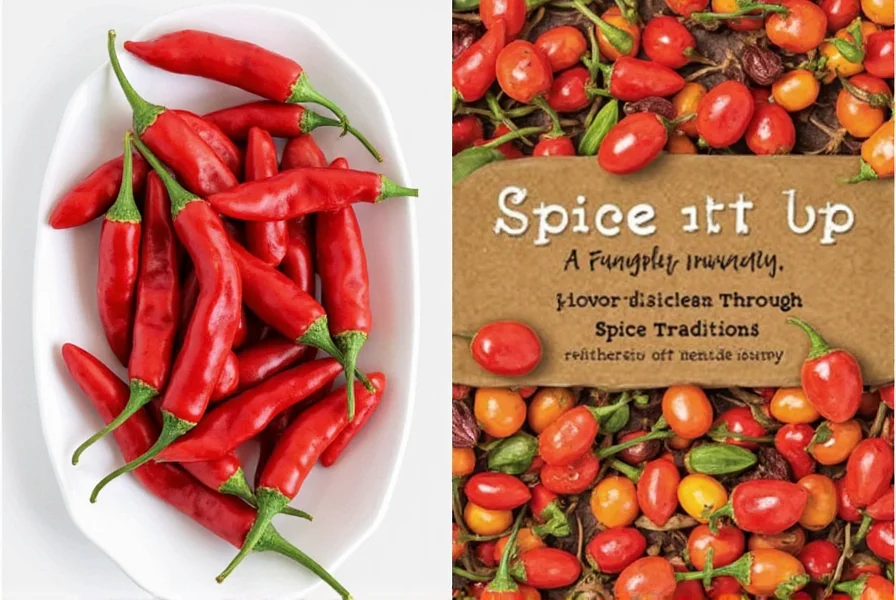
Practical Tips for Cooking Pibil Chicken
Whether you’re a seasoned chef or a home cook looking to try something new, these tips will help you achieve the best results when making pibil chicken:
- Use Fresh Ingredients: Fresh garlic, herbs, and spices make a world of difference in flavor. Avoid pre-packaged mixes unless you're short on time.
- Marinate Overnight: Letting the chicken sit in the spice mixture overnight allows the flavors to penetrate the meat fully.
- Wrap in Banana Leaves: Banana leaves not only add flavor but also help keep the chicken moist during cooking.
- Control the Heat: If you're cooking in a pit, make sure the coals are evenly distributed to avoid undercooking or burning the chicken.
- Rest Before Serving: After cooking, let the chicken rest for at least 10 minutes. This helps retain juices and makes slicing easier.
One of the most important things to remember is that pibil chicken is all about patience. The slow cooking process allows the flavors to develop and the meat to become tender. Rushing the process can lead to dry, overcooked chicken that doesn't do justice to the dish.
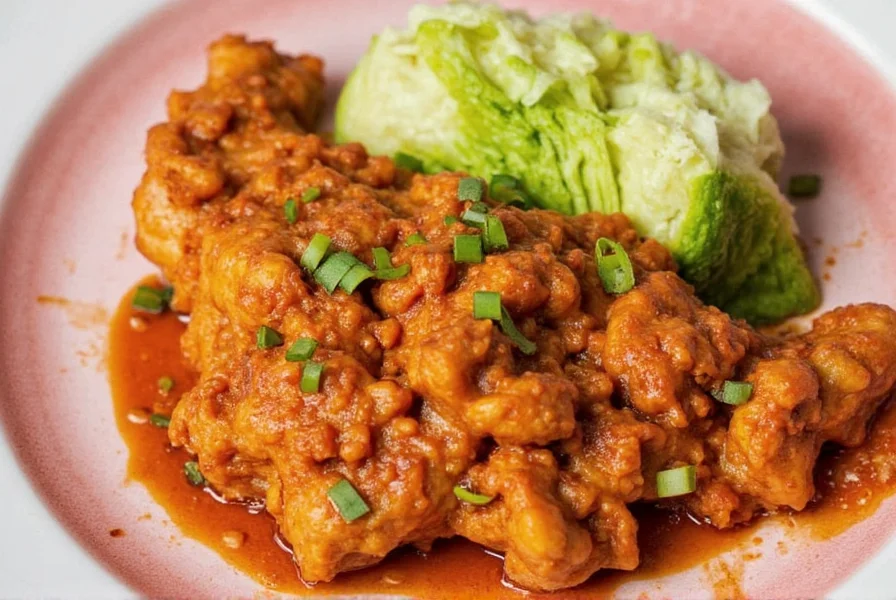
Buying Guide: Choosing the Best Ingredients
To make the best pibil chicken, you need quality ingredients. Here’s a guide to help you choose the right spices, chicken, and other essentials:
1. Spices
Look for high-quality, organic spices. For achiote, choose a powder that's bright red and has a rich aroma. Cumin should be warm and nutty, while oregano should be fragrant and slightly citrusy.
2. Chicken
Choose bone-in, skin-on chicken thighs or drumsticks. These cuts hold up well to long cooking times and stay juicy. Free-range or organic chicken is a great choice if available.
3. Banana Leaves
If you can't find fresh banana leaves, look for frozen ones. They work just as well and are more convenient for home cooks. Make sure they’re pliable and free of tears.
4. Other Essentials
- Garlic: Fresh cloves, not pre-minced or powdered.
- Chili Peppers: Choose mild or medium heat depending on your preference. Dried ancho or guajillo peppers are ideal for a deep, smoky flavor.
- Oil: Use olive oil or vegetable oil to help the spices adhere to the chicken.
Pibil chicken is a dish that benefits from using the best possible ingredients. Whether you're cooking for a family meal or a special occasion, investing in quality spices and fresh produce will make a big difference in the final result.
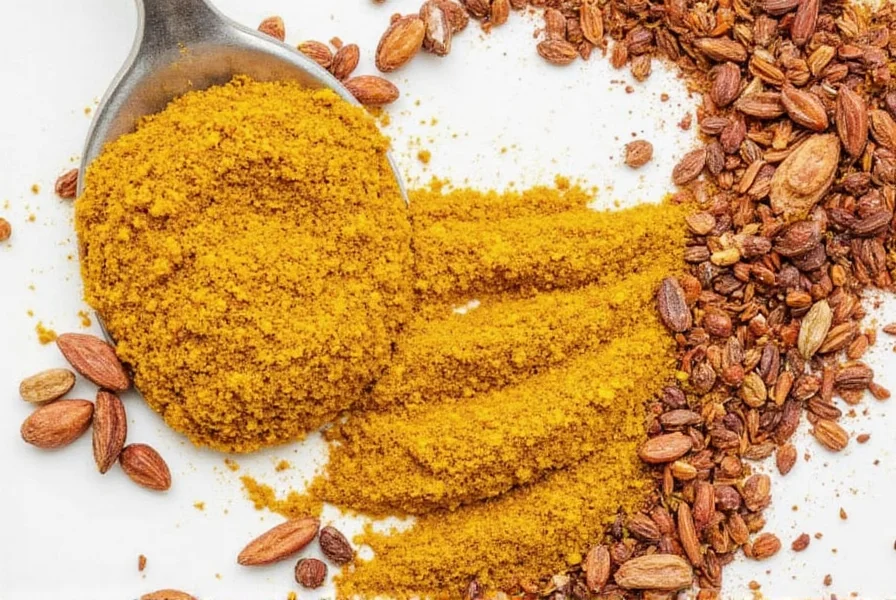
Conclusion
Pibil chicken is more than just a meal—it's a journey through time, culture, and flavor. Its roots in Yucatecan cuisine show how deeply spices shape our culinary traditions. By understanding the role of each spice and learning the techniques behind this dish, you can bring a piece of Mexico into your kitchen.
Whether you're an amateur enthusiast or a professional chef, there's always something new to learn about spices and their impact on food. So next time you think about cooking, remember: pibil chicken is not just about the heat—it's about the heart, the history, and the harmony of flavors.
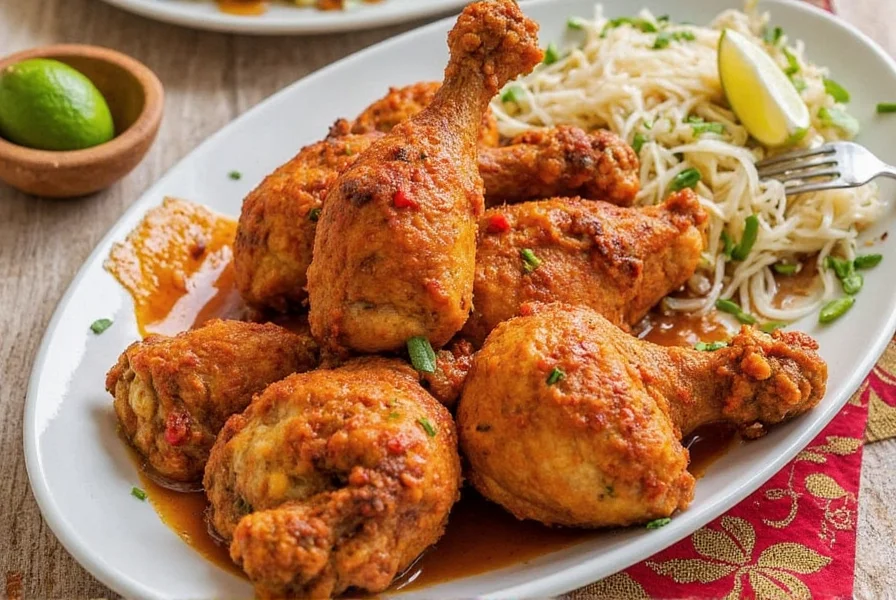











 浙公网安备
33010002000092号
浙公网安备
33010002000092号 浙B2-20120091-4
浙B2-20120091-4